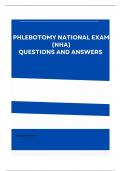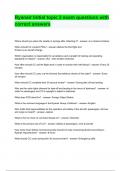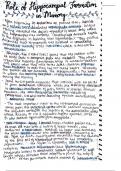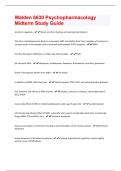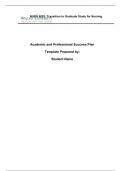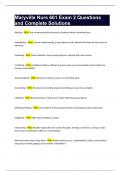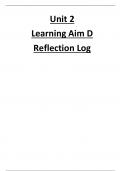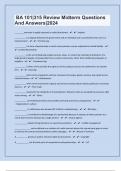Exam (elaborations)
{Answered} PHLEBOTOMY NATIONAL EXAM (NHA) QUESTIONS AND ANSWERS
- Course
- Institution
Characteristics imperative to a phlebotomist, Circulatory system function, The two circulations, Pulmonary circulation, Where does oxygenation take place in the lungs?, Systemic circulation, Upper chambers of the heart, lower chambers of the heart, tricuspid valve, pulmonic valve, Mitral valve (or ...
[Show more]
